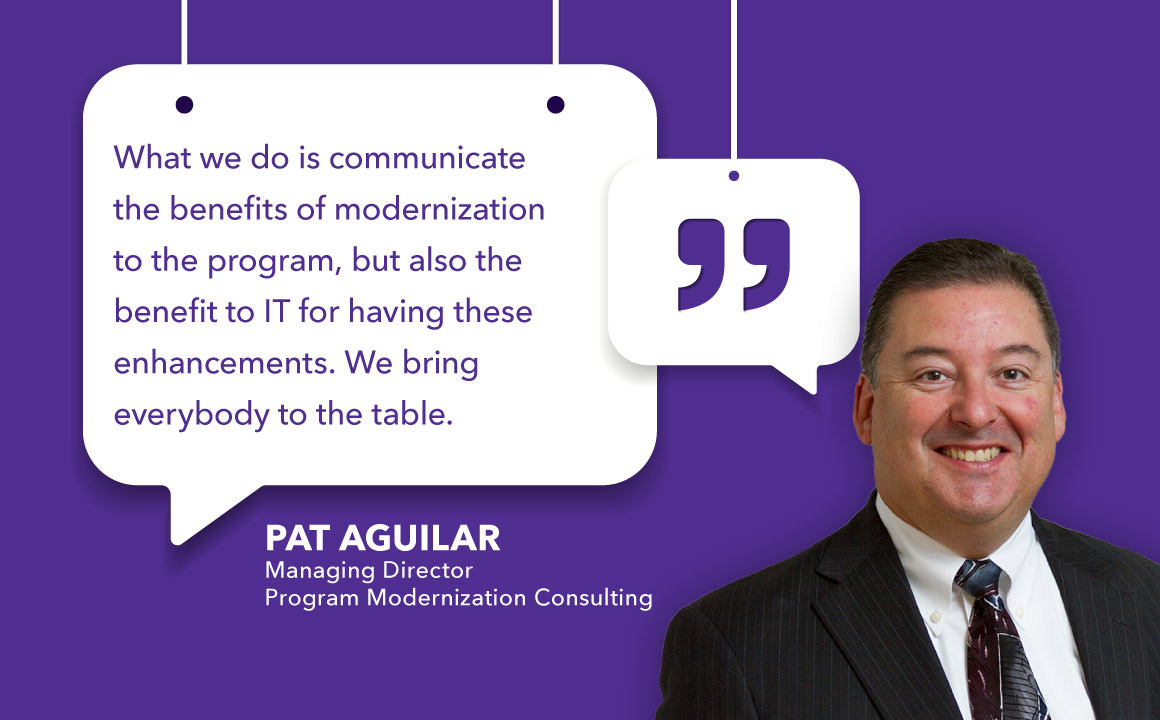For state government leaders, technology modernization projects are often viewed as monumental undertakings characterized by complexity and uncertainty. Today, these projects involve more emerging technology than ever, and their importance continues to grow as the public expects a high level of service delivery from government agencies.
My colleagues describe the challenge perfectly.


